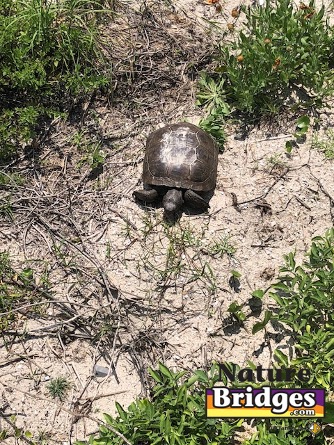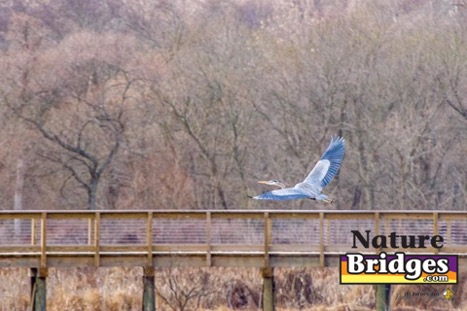
What would it mean if you walked outside and didn’t see birds flying overhead, rabbits hopping in the grass, or any other wildlife? Protecting our wildlife is important. Each animal in a habitat has its place in the ecosystem, and without them, future generations won’t be able to enjoy nature.
Endangered Wildlife
More than 700 species of animals in the United States are considered threatened or endangered by the U.S. Fish and Wildlife Service. Many more animals are protected around the world. Each of these species is a vital part of its habitat. Some species are food for other wildlife, or they eat plants that would otherwise take over the habitat. Still other animals help pollinate specific varieties of flowers that we wouldn’t have if not for their pollinator abilities.
The number one reason for the decline in animal population is a change in an animal’s habitat. Natural events, such as tornadoes, can also affect animals. Still other causes of wildlife decline include ways that people inadvertently endanger species, such as pollution and pesticides. In some areas, we accidentally release non-native plants and animals, which can greatly affect the ecosystem.
Habitat Conservation

The most effective way to conserve natural habitats is by thinking about our actions outside before we take them. Littering can affect the environment, including plants and animals. Properly dispose of trash in receptacles or by taking it home to throw away. You can also learn about endangered or threatened species in your area and volunteer to help with conservation efforts. For example, there is a national program called the Pollinator Party that allows you to help collect information about pollinators like bees and butterflies. This information contributes to research on how to best conserve pollinators.
Construction companies, like Nature Bridges, can do a lot towards habitat conservation. Many bridge constructors clear out a wide area before beginning construction. Nature Bridges uses the top down construction method. This process greatly reduces damage to the environment and minimizes the effect of construction.
In addition to top down construction, we carefully plan projects, keeping the environment in mind. When working on dunes, that planning allows us to preserve a delicate ecosystem. In a forest, we can work around trees rather than cutting them. Adequate planning lets us – and you – build bridges and boardwalks for our convenience while still conserving the animals and plants in an area. When you need a structure built without damaging a delicate habitat, whether it’s in your yard or a nature preserve, contact Nature Bridges.


P.O. Box 516
Monticello, FL 32345
Phone: (850) 997-8585 Fax: (850) 385-3493
estimating@naturebridges.com